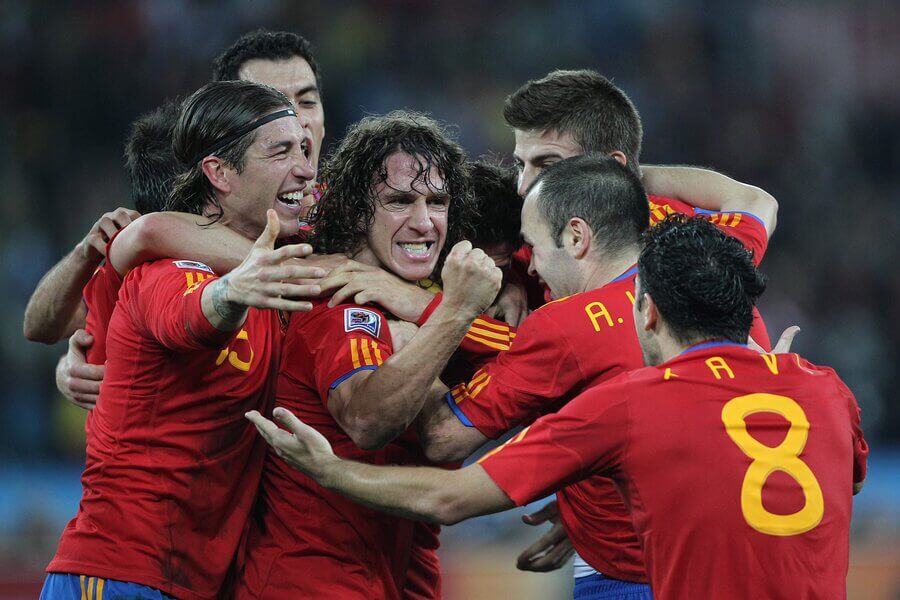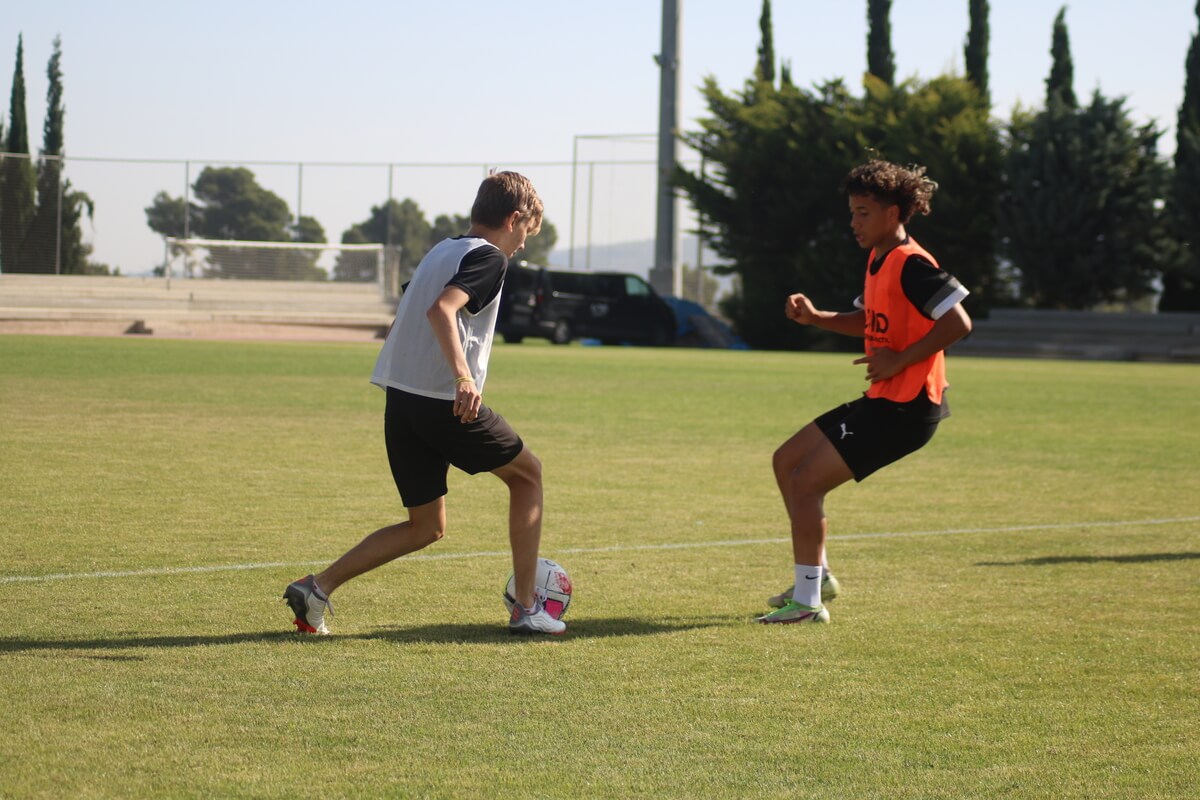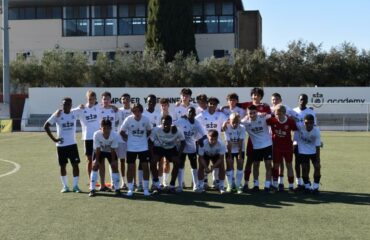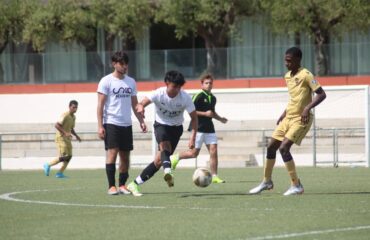It is said that attacks win games and defenses win championships. Protecting your goal is more important than attacking your opponent’s goal. The greatest teams in history have relied on the solidity of their center backs and midfield. Based on this confidence, the attackers were freer to play their game.
So, it’s normal to wonder how I can be a good defender. All players want to score goals, a smaller number want to prevent them. If you strive to differentiate yourself as a good defender, you have a better chance of becoming a professional footballer, but it takes a lot of practice.
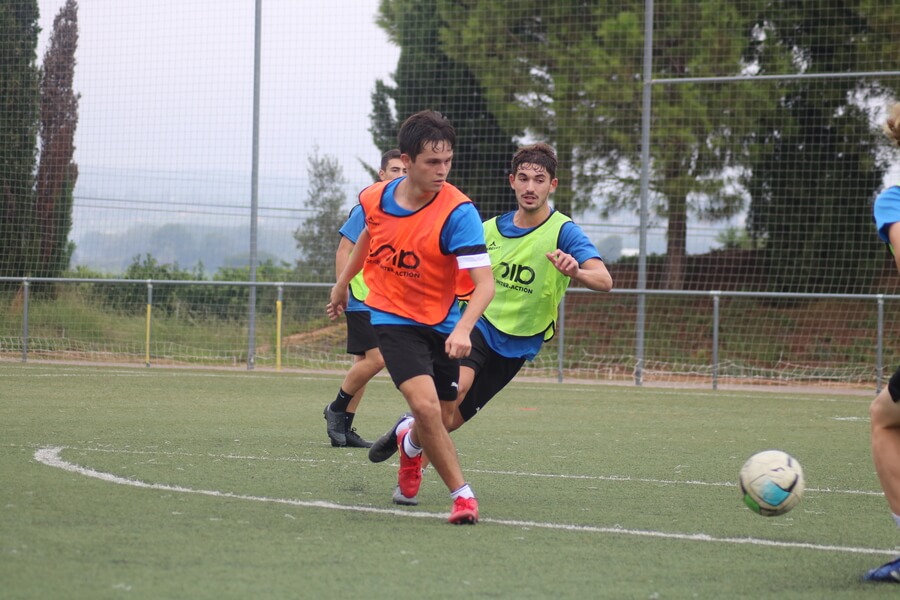
Tricks to better defend
Centerbacks like Sergio Ramos, Van Djik or Piqué have not been good by chance. There is a methodology to prevent intuition from being the most used resource by defenders. In normal conditions, the attacker has the upper hand in the 1 vs 1, but our goal is to level this duel as much as possible.
Positioning against the rival
The ideal position would be to position myself at a distance from my attacker where I can intercept the ball before it reaches his feet. This is complicated, since I unprotect my back, so the best thing to do is to give him a few meters, but put as much pressure as possible on his ball reception. If I get him to receive the ball with his back turned or if I have to protect the ball, I already have my first advantage.
If he receives the ball comfortably, it is essential to lower our center of gravity (not to be completely straight) and direct the attacker towards his less skilled leg. The most difficult players to defend are the ambidextrous players, since they can go out in any direction.
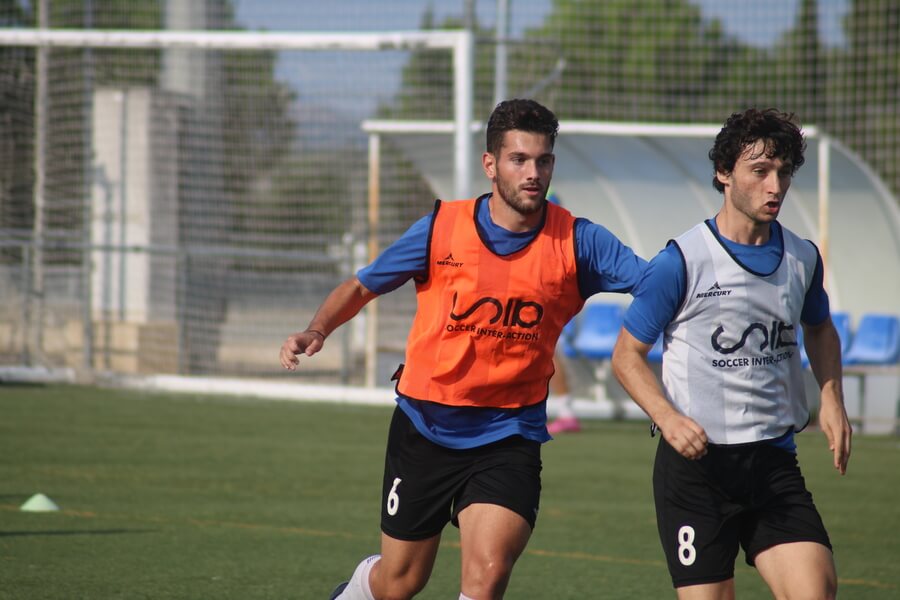
Successful entries and recovery races
Once my positioning is right, the second part is to make a successful tackle. Attackers are skillful players, but there is always a moment when they unprotect the ball. It is here that we must take advantage of this moment to make our tackle. If they receive the ball from behind, our pressure must also increase. However, without being too hard, because then it will be a foul.
If the opponent manages to overtake us, it is key to perform the recovery run. This is a sprint where the objective is no longer to steal the ball, but to appear in the path between the attacker and the goalkeeper to block the shot. You can learn all these skills with our UEFA PRO licensed coaches at Soccer Inter-Action.
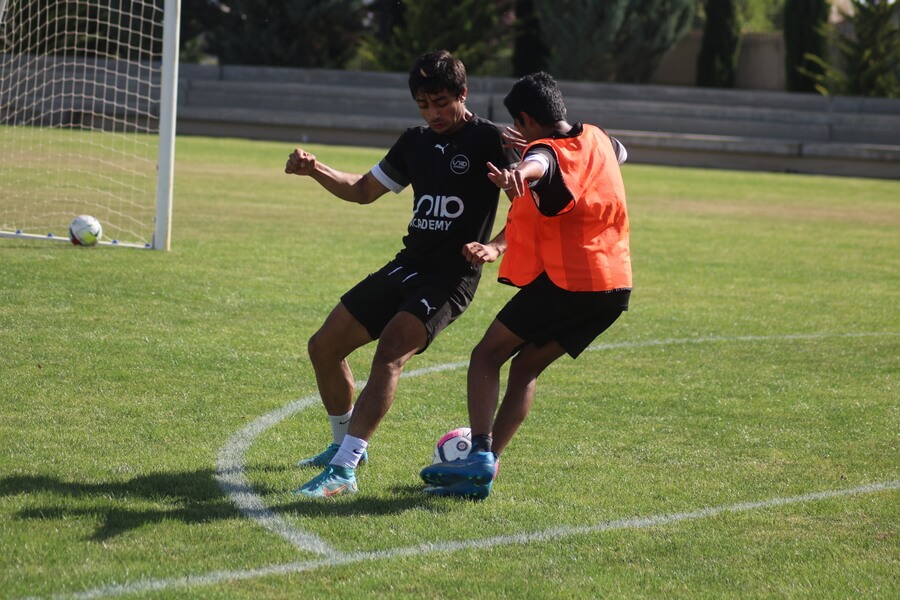
Great defensive systems of history
There are certain teams that will be remembered for their ability not to concede goals. The famous Italian team with its system of three central defenders has gone down in history for being unbreakable. But there have also been teams that have been able to defend using the ball, as is the case of Spain in the 2010 World Cup.
The catenaccio: defensive play par excellence
The Spanish translation of catenaccio is cerrojo. The term is not misleading. The first to name the Italian defensive system in this way was the journalist Giani Brera, in the 1940s. He argued that the Italians, as a result of the post-war period, were at a physical disadvantage and could only play defense and counterattack.
Thus, they gave the ball to their opponents and positioned themselves with a sweeper behind the line of four defenders. When the attackers had passed the first line of defenders, the sweeper would appear to steal the ball from them. Since then, Italy and its clubs have stood out for their defensive ability.
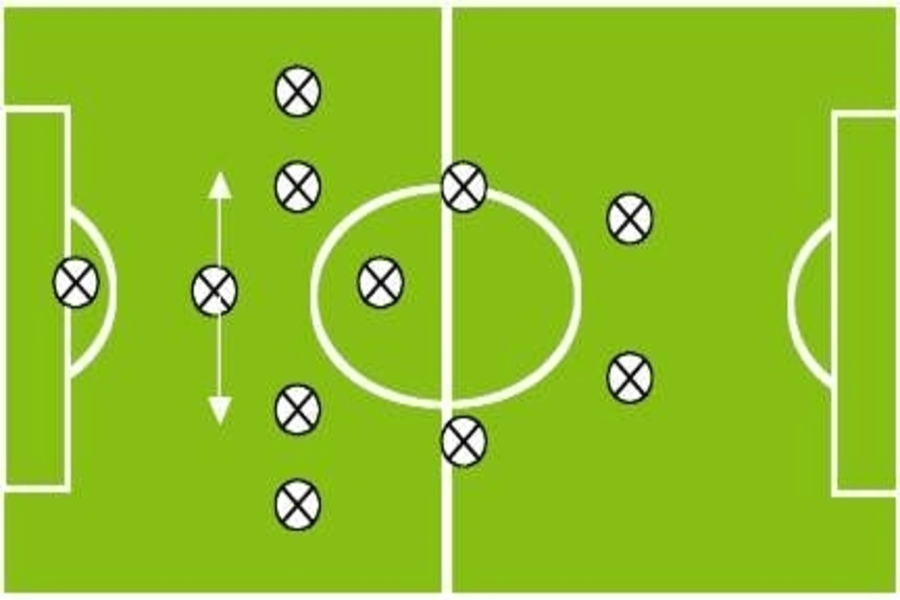
Spain at the 2010 World Cup: defending with the ball
Few national teams have achieved as much success as that of Luis Aragonés and Vicente del Bosque. Spain won the 2008 European Championship, the 2010 World Cup and again the European Championship in 2012. The first and only star of our country had a determining factor: not conceding any goals in the finals.
To do so, the team defended with the ball at its feet. There is a saying that if you have the ball, the opponent cannot attack you. This is how Spain defended. Portugal, Paraguay, Germany and Holland lost against them by the same score: 1-0. In 2010 you knew that if Spain scored a goal it was difficult to win the game.
